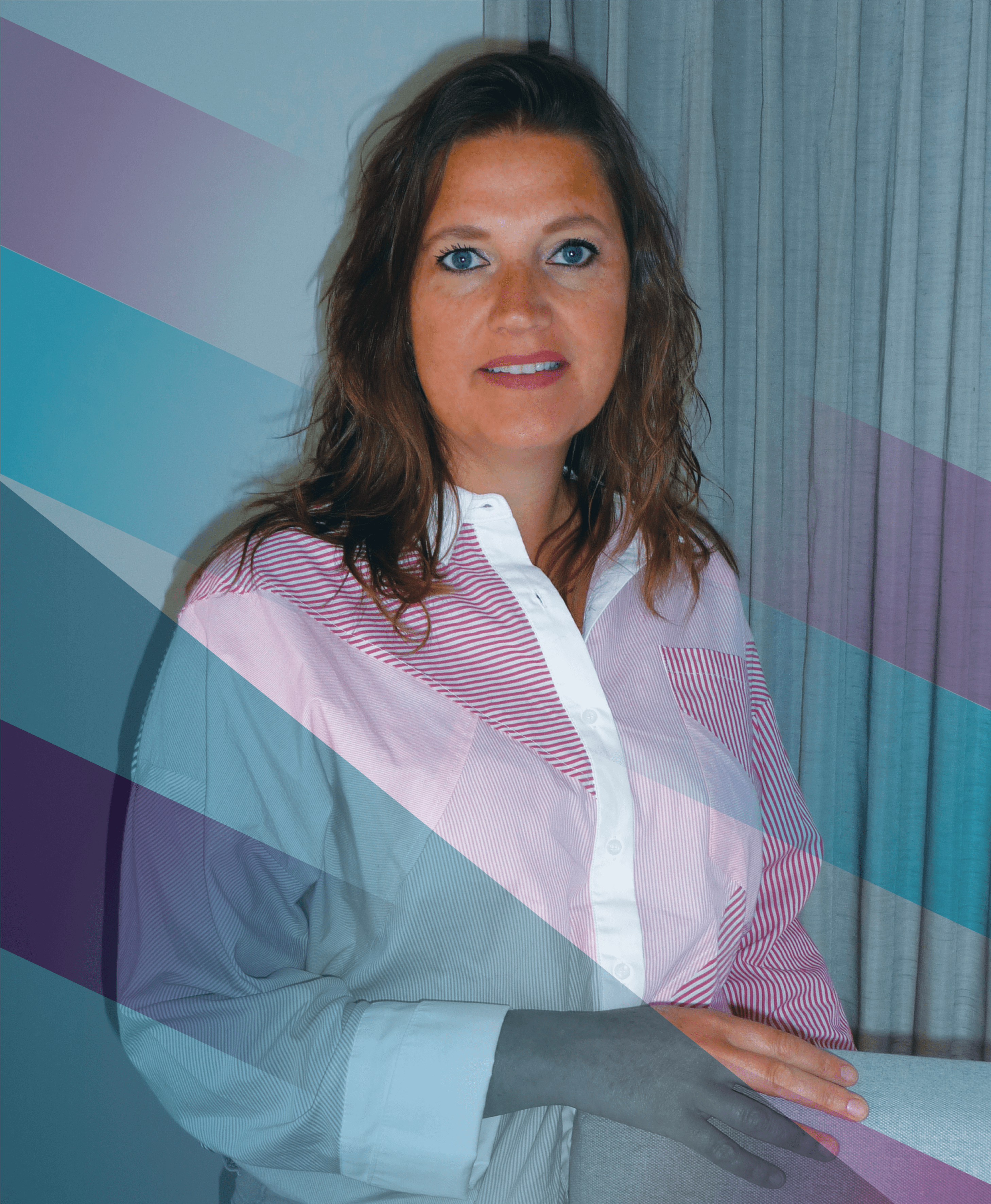
I’ve worked within an instrument manufacturer and as an academic researcher, and obviously the motivation is dependent on the role. As a vendor, it’s interesting to lend a hand in supporting the research of your customers while generating business revenue – I thoroughly enjoyed the many collaborations with customers across industries in this space.
My overall drive, though, is the impact that our field has on developing understanding across disciplines. It’s not simply about the chromatography or the MS, but mostly about the information these techniques present to us. In biopharmaceuticals, for example, analytical approaches facilitate drug development and quality, and – further afield – they also ensure the quality of the food we eat and the water we drink. Many are unaware of this link between analytical science and our day-to-day lives, but it’s highly motivating to know that we support crucial areas of society.
Obtaining my PhD. That one achievement lies at the base of everything I have done since. Moreover, I was fortunate to complete this under Pat Sandra, focusing mostly on two-dimensional separation approaches. Pat mentored me incredibly well – he didn’t always dictate what the next concrete steps in my research had to be. Instead, he made me think thoroughly about potential solutions, resulting in many fresh and independent ideas. Not only did it give me the skills needed to be an analytical scientist, but it also opened the door to job opportunities at ExxonMobil and Waters.
There are other highlights, of course. Attending a conference where your presentation attracts great interest is always fantastic, and being able to look back on my accomplishments after long stints in vendor roles leading to major business successes also fills me with pride. At Waters, I managed niche techniques such as 2D-LC and supercritical fluid chromatography (SFC), and being able to contribute to more widespread adoption of such technologies – within and outside of Waters - felt greatly rewarding.
This approach is becoming increasingly accepted, but there’s still some hesitation – particularly in industry. Wider acceptance will come as a result of education, partly regarding the distinction as to when we should be using 2D-LC versus increasing the power of a single-dimensional method. The reality is that single-dimension LC does not have enough separation power to deal with highly complex samples, such as those handled in the emerging biopharma applications. 2D-LC can fill this void (and in biopharma, is already doing so). What is needed, however, are advances in the user knowledge, the available software and data interpretation – this gap is still daunting for many users, especially those lacking specialist training.
To be honest, it wasn’t my first choice after my PhD. My first job after obtaining my PhD was in the petrochemical industry at Exxon Mobil, where chromatography and MS were only tools to support the overall business. It quickly became clear that job rotation away from my role as chromatography lab manager would have been appreciated, which would have rapidly moved me away from my beloved analytical science. I was not willing to make that change so soon after my research.
I decided to return to a topic closer to my PhD, which led me to working with state-of-the-art instruments with an instrument manufacturer. At Waters, I worked in roles from lab manager to sales, business development, marketing, internal consultancy, business analysis, and so on. My technical knowledge supported me in all of these roles, while also learning from exposure to different areas of the business.
A major part of my role entailed sharing my expertise to contribute to product customization – essentially designing configurations to address customers’ analytical challenges. What was particularly great about that job was the freedom to apply my technical and fundamental background to real analytical needs. Following my dismissal from Waters, I‘ve decided to start my own consultancy business. Various former customers and vendors have approached me to ask for support via consultancy, training and overall advice – so I thought why not make a business of it, while searching for other job opportunities! I’m also interested in the medicinal cannabis arena, which was one of the topics I worked on at Waters. This industry is booming (in Europe too!) and it seems that technical expertise is often needed to support startups.
The combination of separation science with MS will prove to be increasingly key – and increasingly powerful, too, with innovation in ion mobility. Current issues with storing and processing data will also be addressed. As is the case in industry now, I anticipate continued trends towards simplified approaches with high robustness, and easy-to-use instrumentation.
As an example, Shimadzu recently introduced a new system that uses analytical intelligence, and I strongly believe that we will see continued movement towards this type of approach. In such cases, troubleshooting is completed more or less by the system itself, and operational staff can look into how specific problems can be solved without necessarily needing the knowledge to address such issues. This will significantly reduce system downtime and service costs. Finally, sample preparation still represents a bottleneck in many labs today – it’s an important step but it’s time-consuming and labor-intensive. I hope the future delivers automated solutions in this area – there is much work that needs to be done.
Have an open mindset, be passionate, work hard and develop your fundamental knowledge.
Even with the trends towards automation and artificial intelligence, it’s of crucial importance to understand what is going on behind the scenes. We, as scientists, must ensure that we’ve built up the necessary skills and knowledge when they are needed.




